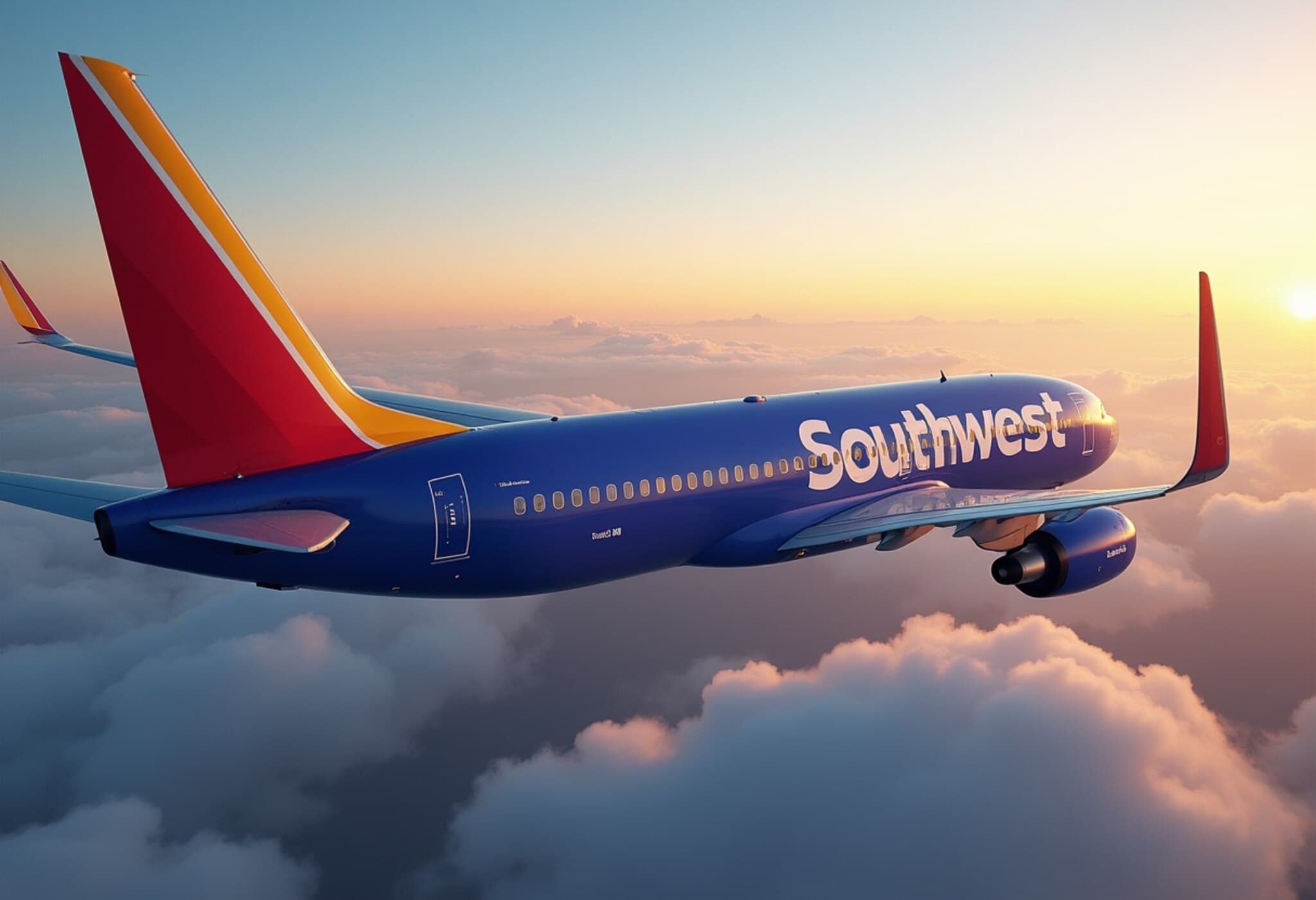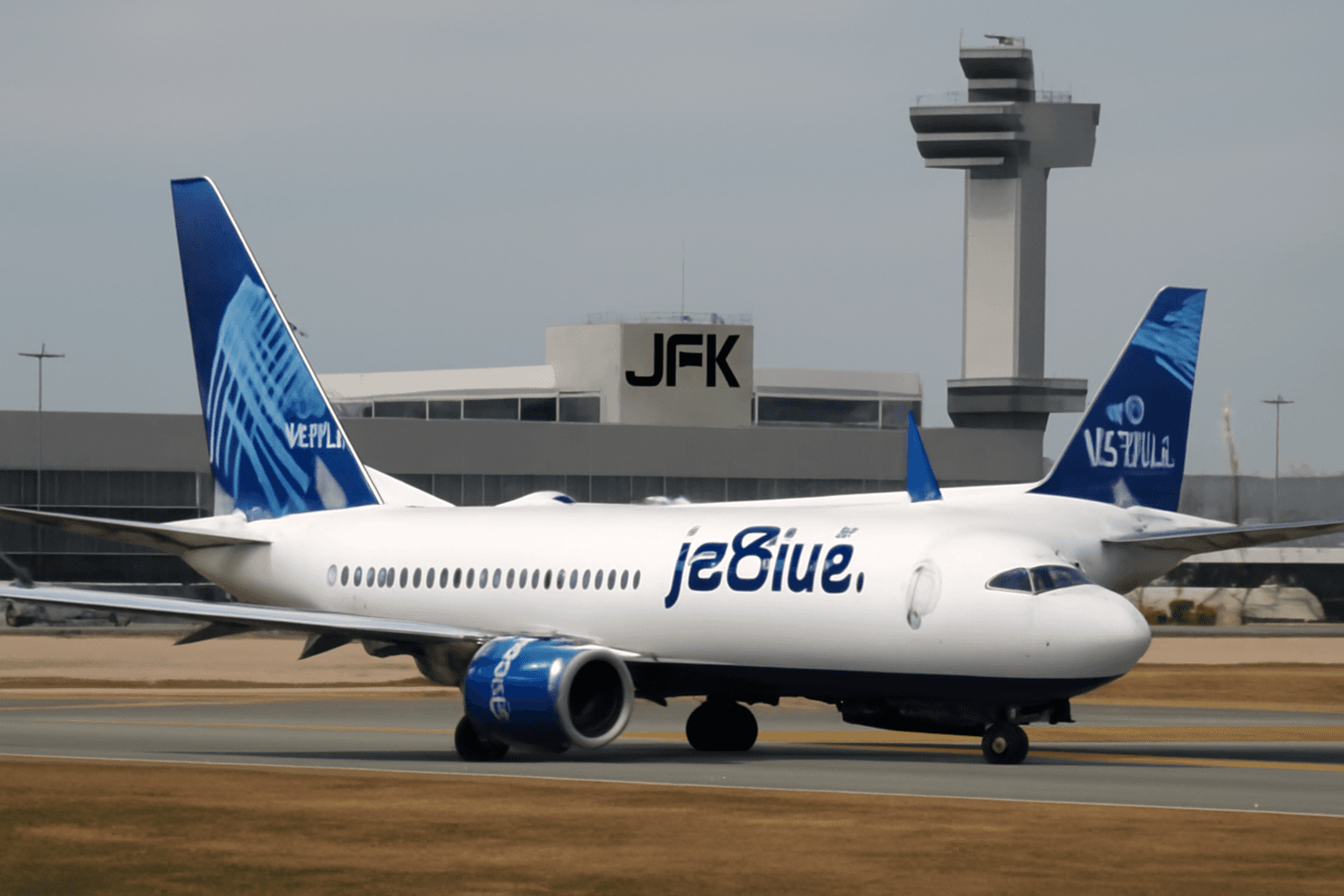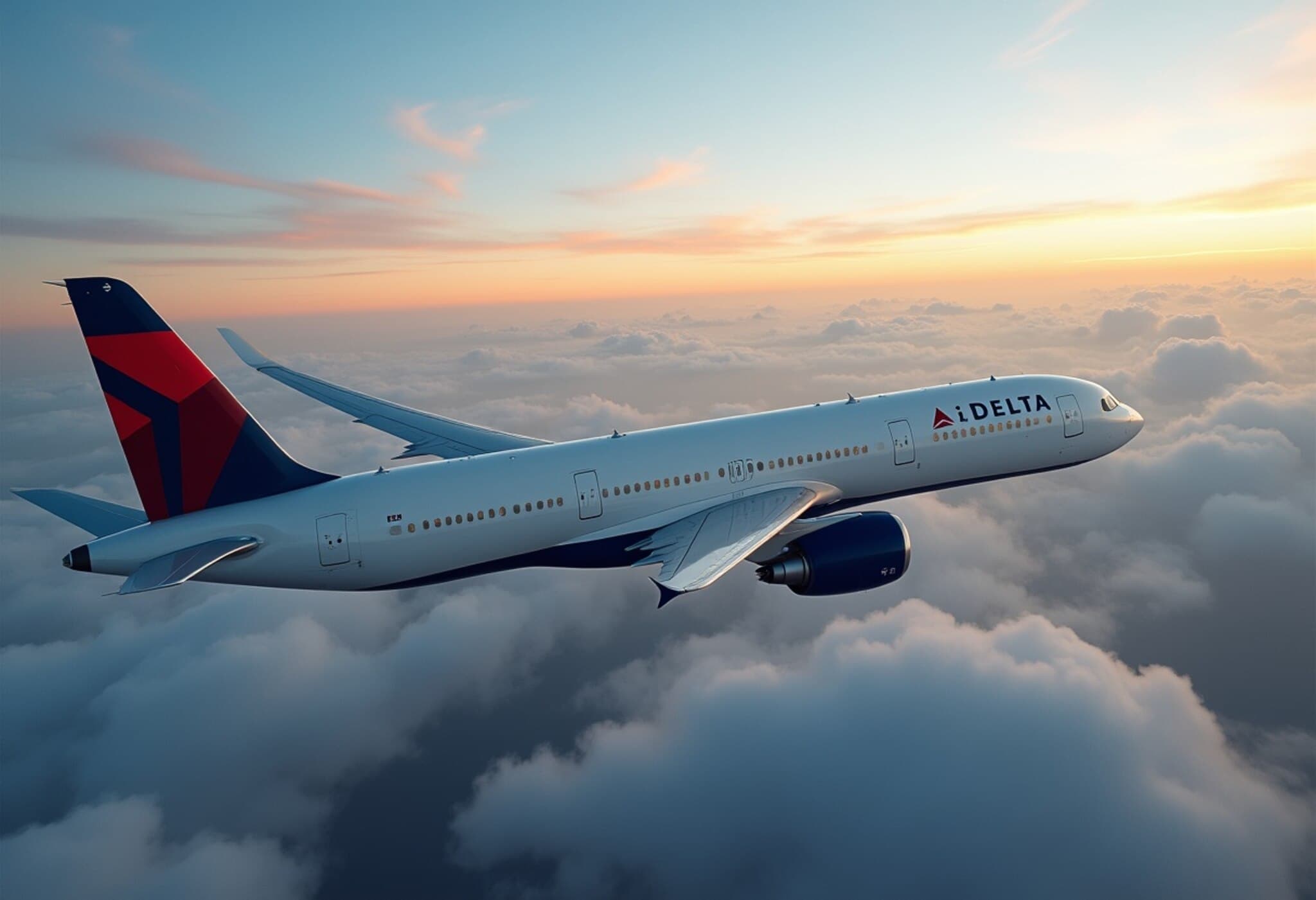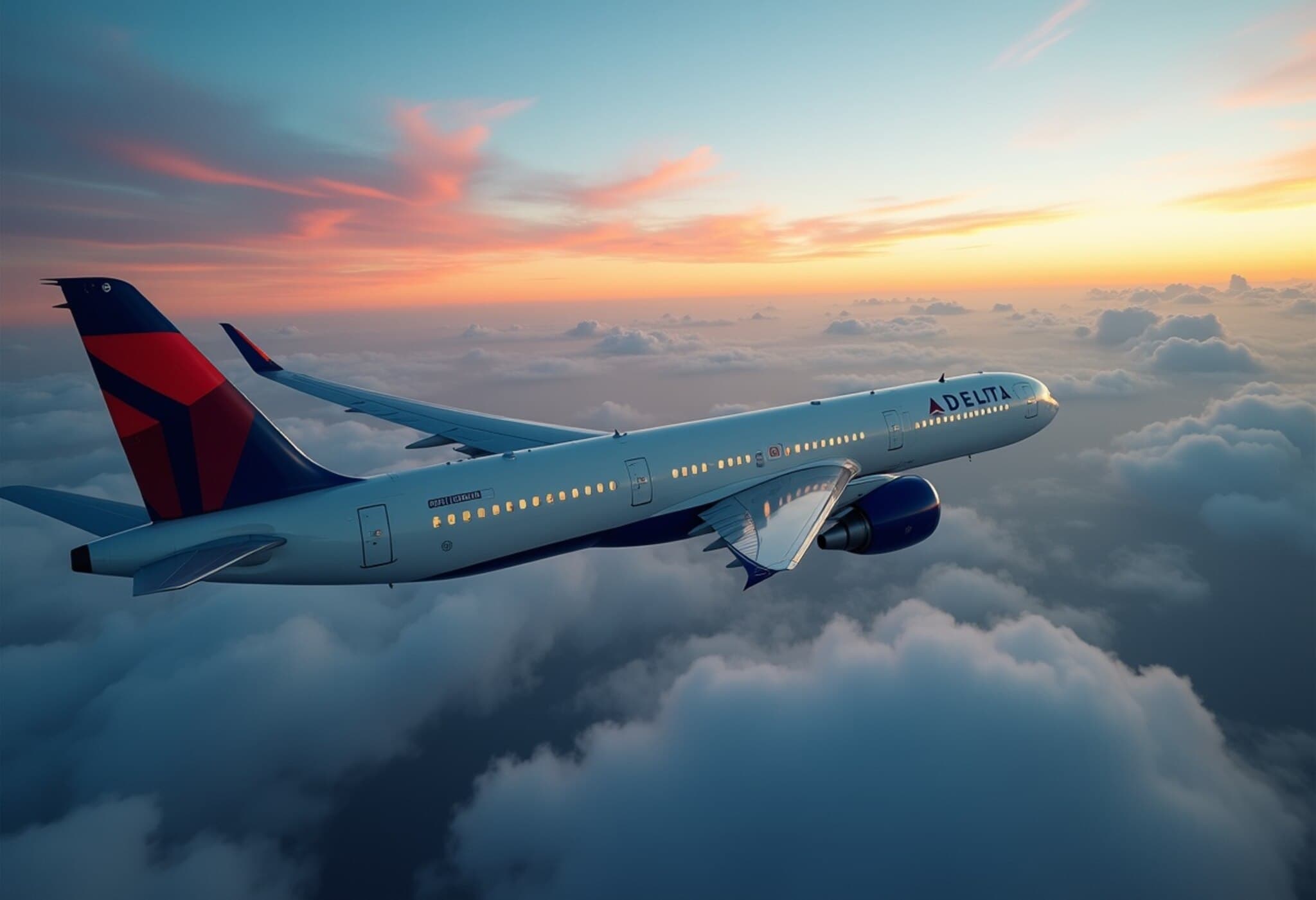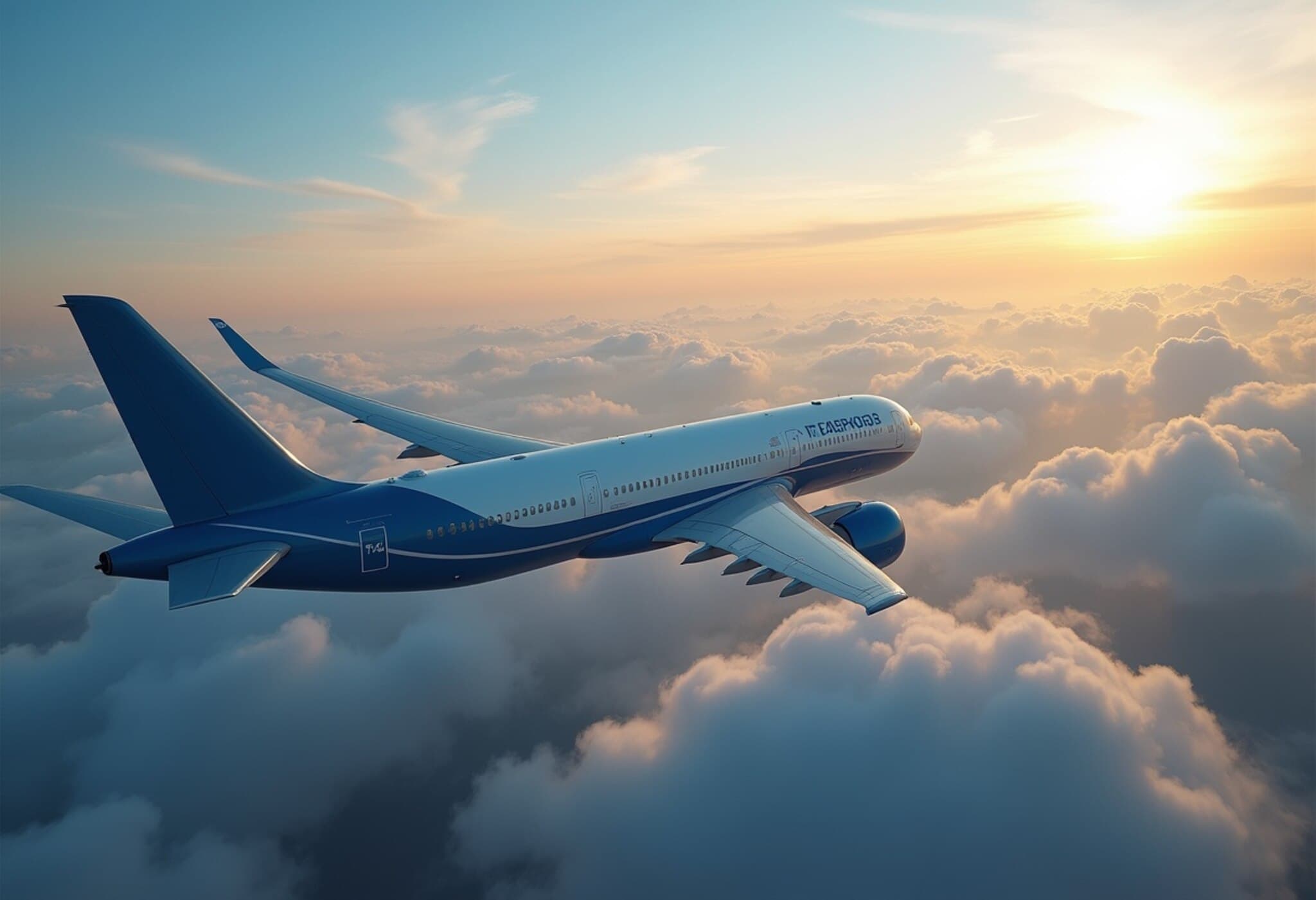Southwest Airlines Faces Profit Drop Despite Stabilizing Travel Demand
Southwest Airlines, a cornerstone of American domestic air travel, announced its second-quarter earnings on July 23, 2025, revealing a notable decrease in profits that fell short of Wall Street expectations. Yet, the airline reassured investors and passengers that travel demand has begun to stabilize, echoing sentiments shared by other major carriers in recent weeks.
Financial Performance: A Closer Look
The airline reported an adjusted earnings per share (EPS) of 43 cents, against the anticipated 51 cents. Revenue came in at $7.24 billion, slightly under the expected $7.3 billion. These figures represent a 38% decline in adjusted earnings compared to the previous year and a 1.5% reduction in revenue, signaling challenges in an evolving airline market.
Net income stood at $213 million or 39 cents per share, marking a 42% drop from last year's numbers. Passenger revenue per seat mile, a crucial metric for airline pricing power, was reported at 14.10 cents, slightly below analyst forecasts of 14.19 cents.
Underlying Causes: Economic Uncertainty and Pricing Strategies
Earlier this year, Southwest withdrew its full-year financial guidance, citing sustained economic uncertainty in the United States. Domestic coach-class travel demand has been notably weaker than airline executives initially projected. CEO Bob Jordan acknowledged on CNBC last month that the summer—typically the peak travel season—saw increased discounting, a strategic response to subdued demand.
Southwest anticipates that its third-quarter unit revenue could fluctuate between a 2% decline and a 2% increase compared to the same period last year, underscoring the unpredictable nature of current market conditions.
Business Model Overhaul: Navigating a New Airline Landscape
In a significant shift from its longstanding customer policies, Southwest has been revamping its business model. The airline moved away from broad perks such as two free checked bags for all passengers and abandoned its hallmark open seating policy in favor of assigned seats and a revised boarding order—changes announced earlier this week.
This transition has affected airfare strategies too. After introducing basic economy fares with more restrictions in May, the airline experienced a dip in online sales for these ticket types. Although sales have now rebounded to expected levels, the adjustment has had a tangible impact: unit revenue was reduced by approximately 0.5 percentage points in Q2 and is expected to decrease by around 1 percentage point in Q3 as a direct consequence.
Expert Insight: The Broader Industry Picture
The airline sector overall continues to grapple with uneven recovery post-pandemic, compounding challenges from inflation, changing consumer preferences, and competitive pricing pressures. Southwest’s pivot signals a broader industry trend where legacy carriers recalibrate service models to balance cost savings with customer expectations.
From a regulatory and economic standpoint, such shifts also raise questions about accessibility and inclusivity of air travel for budget-conscious travelers who have traditionally relied on perks like free checked baggage. As airlines tighten policies, consumer advocacy groups and policymakers may need to reassess passenger rights and transparency around fare structures.
Looking Ahead: What This Means for Travelers and Investors
- For travelers: Adjusted fare structures and boarding changes may affect the travel experience and perceived value, especially for frequent flyers used to Southwest’s historically flexible model.
- For investors: The new $2 billion share repurchase program announced alongside earnings reflects Southwest’s commitment to returning value to shareholders amid earnings pressure.
- For the industry: Southwest's results serve as a bellwether for the health of domestic air travel demand and the effectiveness of evolving airline strategies in a competitive, post-pandemic market.
Editor's Note
Southwest Airlines' recent financial report lays bare the tug-of-war between market headwinds and strategic adaptation. While profit dips raise immediate concerns, the airline's willingness to innovate—shifting away from its traditional customer-friendly policies—signals a critical inflection point for the industry. Key questions remain: Will these changes alienate loyal customers, or will they help Southwest regain profitability? How might these trends influence broader American air travel policy and consumer protections?
As economic uncertainty persists, stakeholders should watch closely how airlines balance operational efficiency with customer loyalty. Southwest’s journey underscores both the resilience and the fragility of modern air travel in the face of shifting economic and consumer landscapes.

